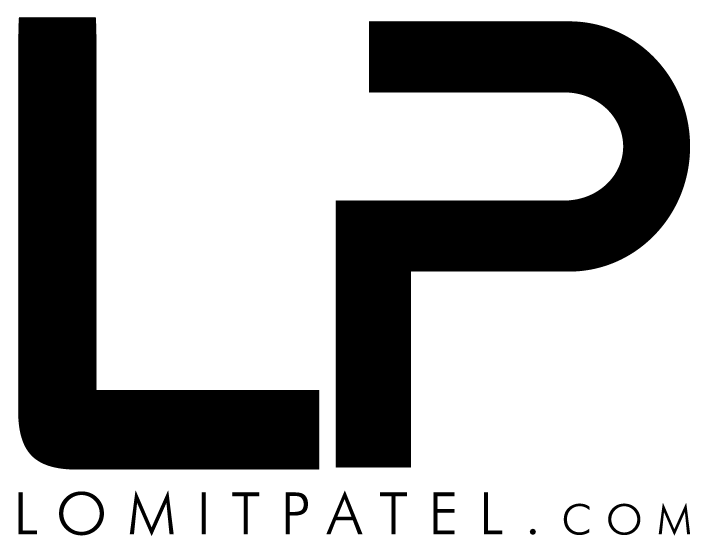As a startup founder, investor, or marketing leader, you know a well-oiled supply chain process is crucial for business success. It’s the backbone of your operations, affecting everything from production costs to customer satisfaction. This post will explore different supply chain models, optimization strategies, and future trends.
🔍 At a Glance: Streamlining Your Supply Chain Process
Featured Summary: An efficient supply chain process is vital for startup success, encompassing five key stages: planning, sourcing raw materials, manufacturing, delivery, and returns management. By optimizing each phase—through strategic planning, strong supplier relationships, lean manufacturing, effective logistics, and efficient returns handling—startups can reduce costs, enhance customer satisfaction, and drive sustainable growth.
Table of Contents:
Understanding the Supply Chain Process
The supply chain process covers a product’s journey from sourcing raw materials to final delivery. It involves interconnected activities, individuals, and organizations.
A typical supply chain process includes planning, sourcing, manufacturing, delivery, and returns management. Each stage must integrate seamlessly with the others for optimal efficiency.
1. Planning: The Foundation of Your Supply Chain
Effective planning is critical to any supply chain process. This involves forecasting customer demand, budgeting resources, and setting clear objectives.
Planning also includes identifying potential order fulfillment bottlenecks and creating solutions. Addressing challenges early improves the continuous flow model of your operations.
2. Sourcing Raw Materials: Building Strong Supplier Relationships
Sourcing involves finding reliable suppliers of high-quality raw materials at competitive prices. This often means creating long-term partnerships and using strategic sourcing.
These partnerships help secure advantageous terms and verify suppliers’ ethical and environmental standards. Diversifying your supplier base helps mitigate risks related to material shortages and global supply chain instability.
3. Manufacturing: Transforming Raw Materials into Finished Goods
This stage involves producing goods, from refining raw materials to assembling the finished product. Manufacturing processes focus on optimizing efficiency, quality control, and adherence to safety and environmental standards.
Modern manufacturers use analytical software to optimize their processes. Implementing lean manufacturing principles and using technologies like BIM and CAD can further improve the production cycle and streamline manufacturing process operations.
4. Delivery: Getting Products to Your Customers
Delivery focuses on transporting finished products to consumers. It requires coordinating transportation, warehousing, and distribution schedules for timely and safe arrival.
Implementing advanced tracking systems and optimizing delivery routes minimize delays. This improves customer service and builds a better customer experience, along with help from reliable suppliers.
5. Returns Management: Handling Customer Returns Efficiently
Managing returns is a critical part of the supply chain process. Effective returns management minimizes waste and reclaims value from returned goods.
It also improves customer loyalty. Implement clear return policies and efficient reverse logistics to streamline returns handling. Analyzing returned items provides valuable insights for faster production and improvement.
Optimizing Your Supply Chain Process
An efficient supply chain process is essential for cost savings, risk mitigation, and better customer satisfaction. Let’s explore ways to improve each step.
Optimizing inventory levels and ensuring a reliable supply of materials contribute to a successful supply chain. Digital transformation also offers a competitive edge for chain managers.
Choosing the Right Supply Chain Model
Several supply chain models exist, each designed for specific business needs and industries. Some prioritize efficiency, while others focus on responsiveness and resilience.
Choose a model tailored to your business objectives and industry. Understanding how each chain model works ensures that the management process supports company growth.
| Model | Description |
|---|---|
| Continuous Flow | Best for companies with high-demand, unchanging products. Helps maintain consistent inventory levels. |
| Fast Chain | Suited for trend-based products requiring rapid time-to-market, like fast fashion. Focuses on speed and adaptability. |
| Flexible | Ideal for companies with seasonal or fluctuating demand. Emphasizes accurate demand forecasting and adaptable manufacturing processes. |
Leveraging Supply Chain Analytics
Analytics is a powerful optimization tool. Use analytics to improve pricing, resource allocation, inventory management, and supplier selection.
Analytics ensures every part of your supply chain functions efficiently. Predictive analytics, for example, can significantly reduce warehousing costs and streamline operations, leading to an optimized supply chain and reduced management costs.
Mitigating Supply Chain Risks
Disruptions like COVID-19 can significantly impact global supply chains. Conducting thorough supply chain risk management assessments helps identify and address potential vulnerabilities.
Develop robust processes, diversify your suppliers, and create crisis response strategies. This builds resilience against both internal and external risks, ensuring smooth operation on a global scale. Lowering supply chain costs through risk mitigation is a priority for today’s chain planning professionals.
Embracing Digital Transformation
Digital transformation can revolutionize every step of the supply chain process. Investing in modern SCM software, AI-driven analytics, and cloud-based platforms enhances real-time visibility.
This reduces costs and improves agility across the supply chain processes. This investment helps companies optimize supply chain functions from sourcing raw materials to delivering finished products. This helps companies understand where sourcing raw materials can create a better distribution center.
Conclusion
The supply chain process is dynamic and crucial for every organization. Its efficiency and resilience directly affect a company’s success in today’s complex global landscape.
Optimizing each stage and staying ahead of trends helps build a powerful engine for growth. Investing in technology, strong supplier relationships, and effective supply chain planning ensures long-term success and sustainable supply chains. Today’s global supply chain management requires data analysis to predict and control cost variables and increase revenue, moving beyond traditional supply chain methodologies.
Subscribe to my LEAN 360 newsletter to learn more about startup insights.





